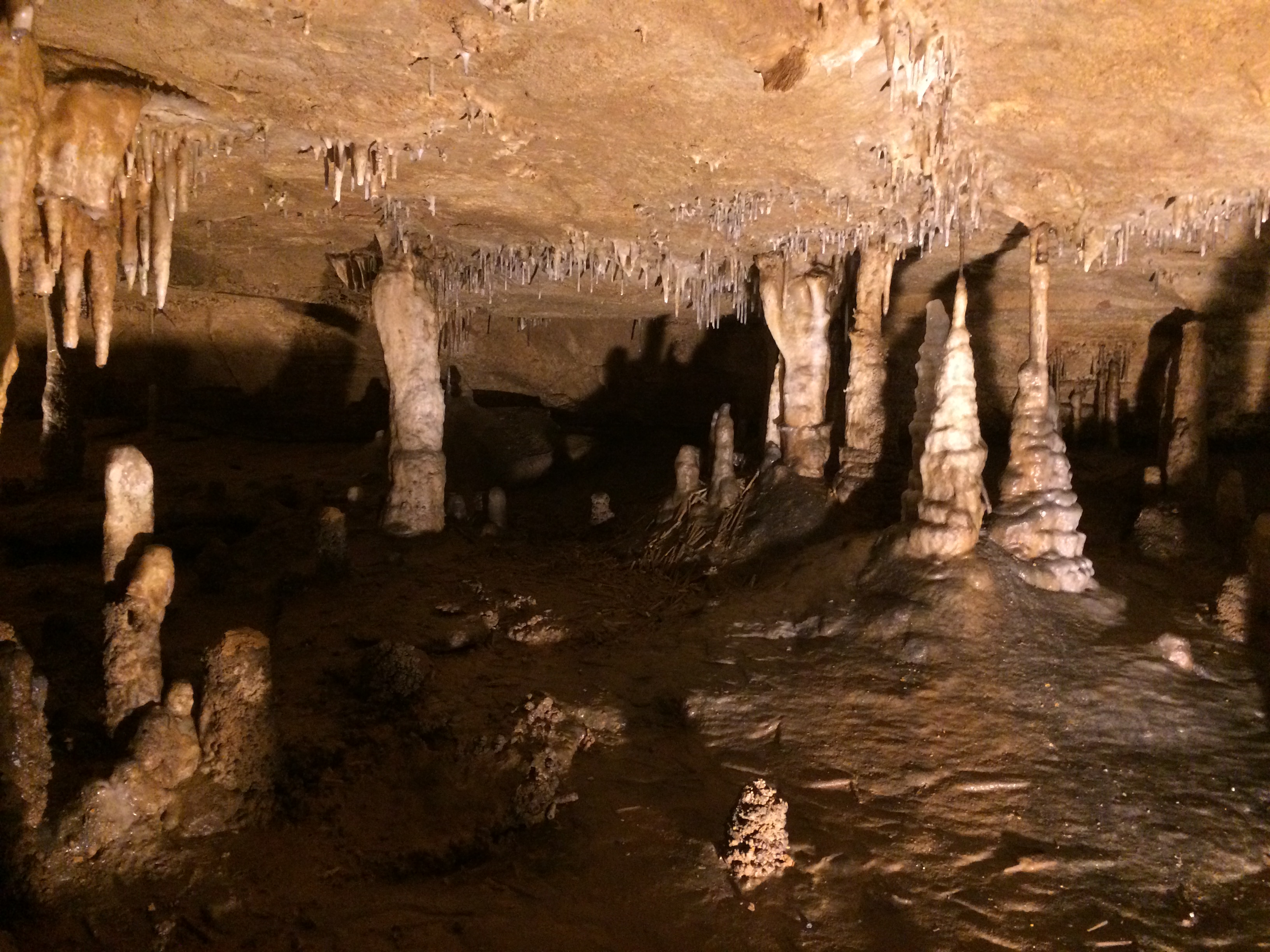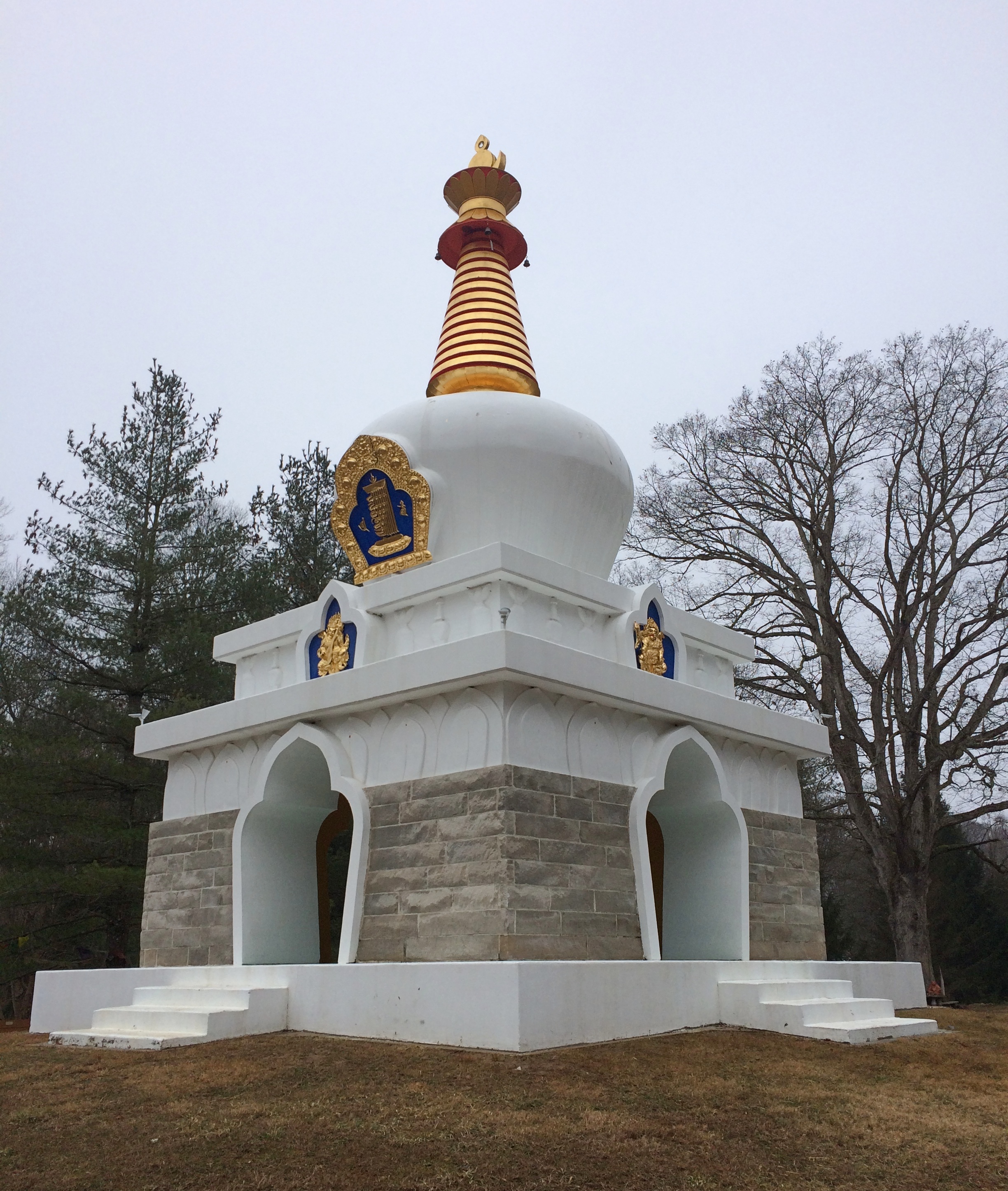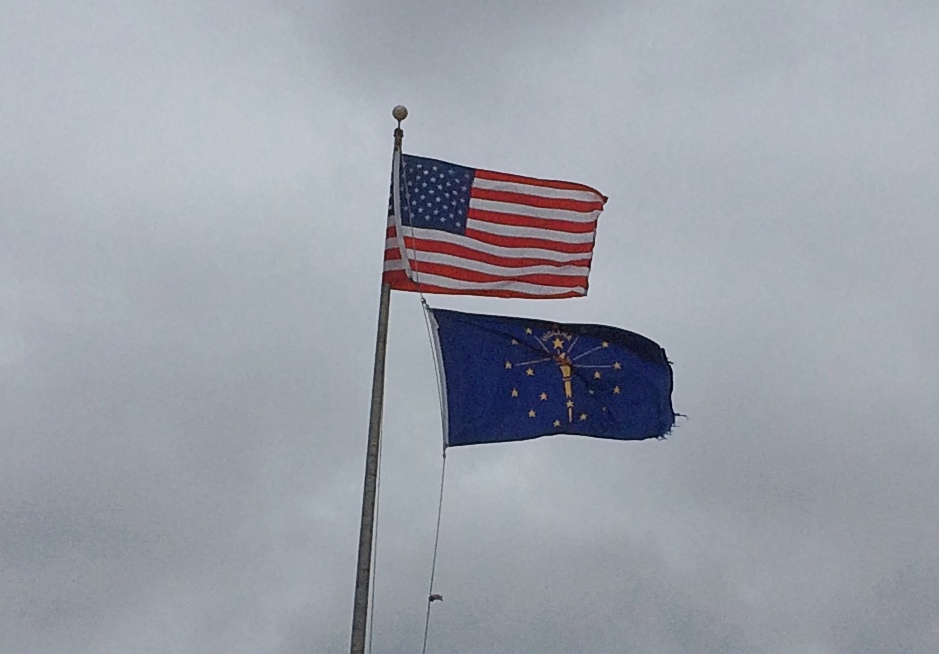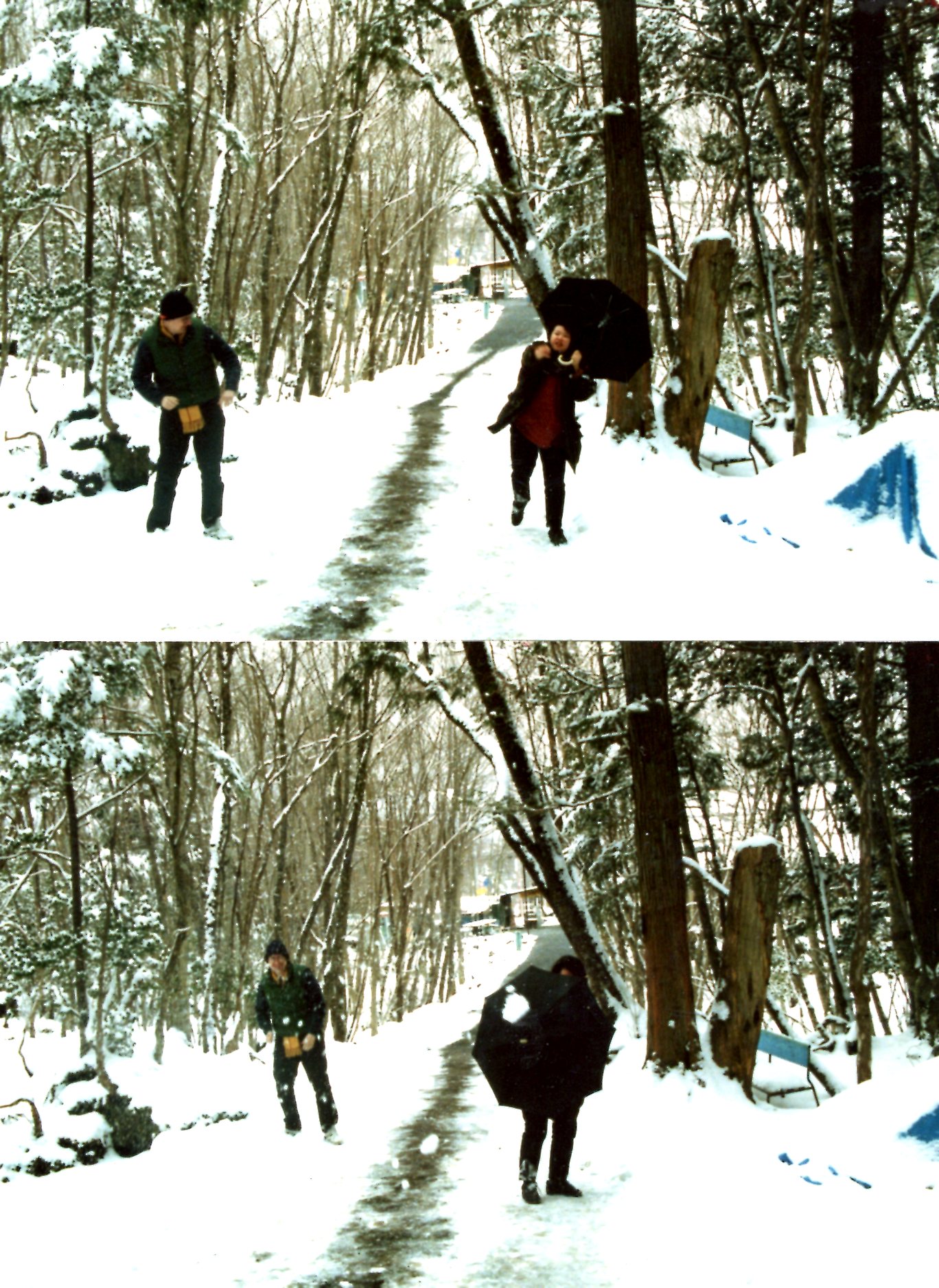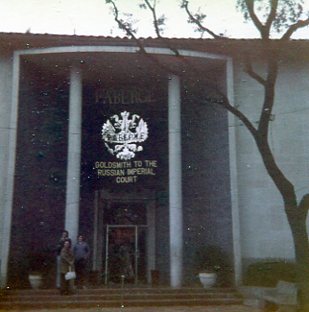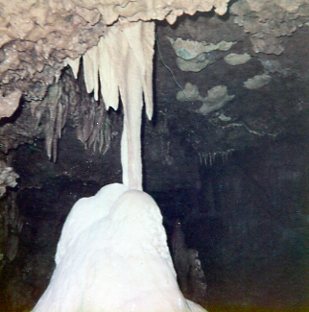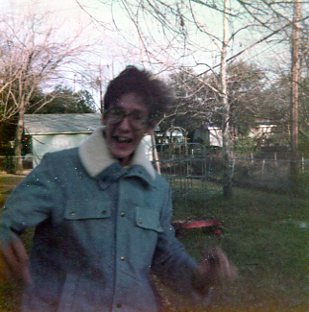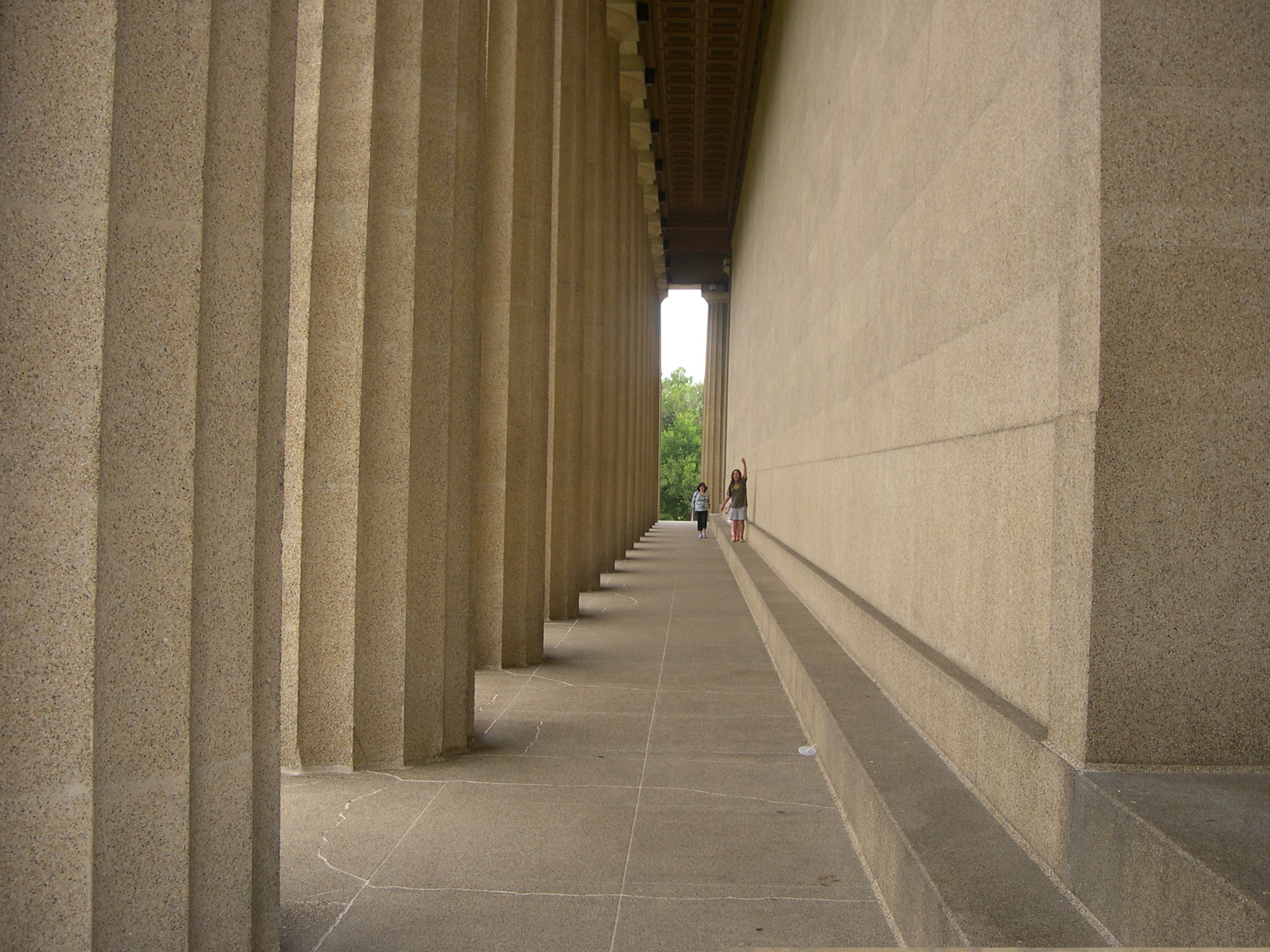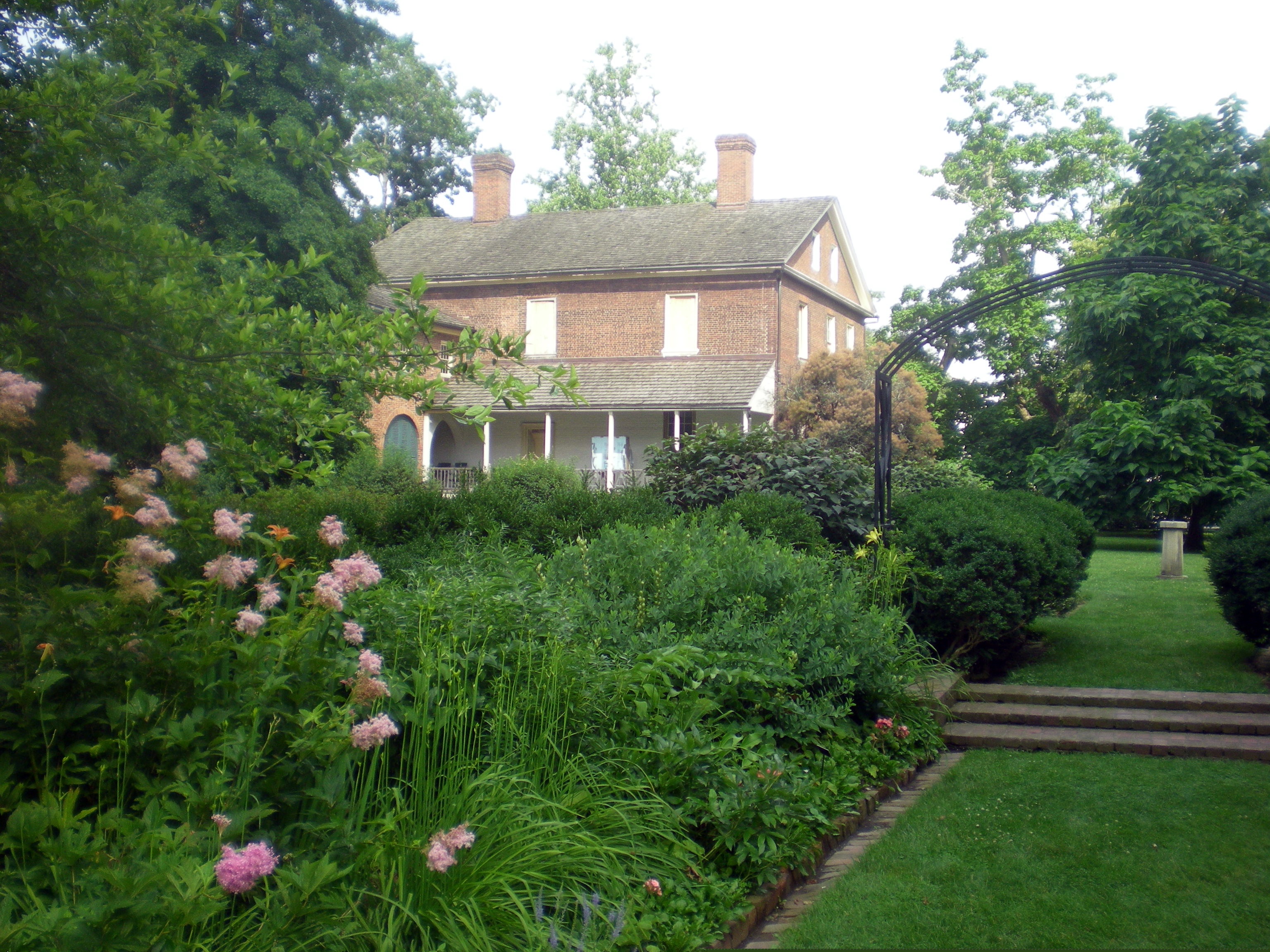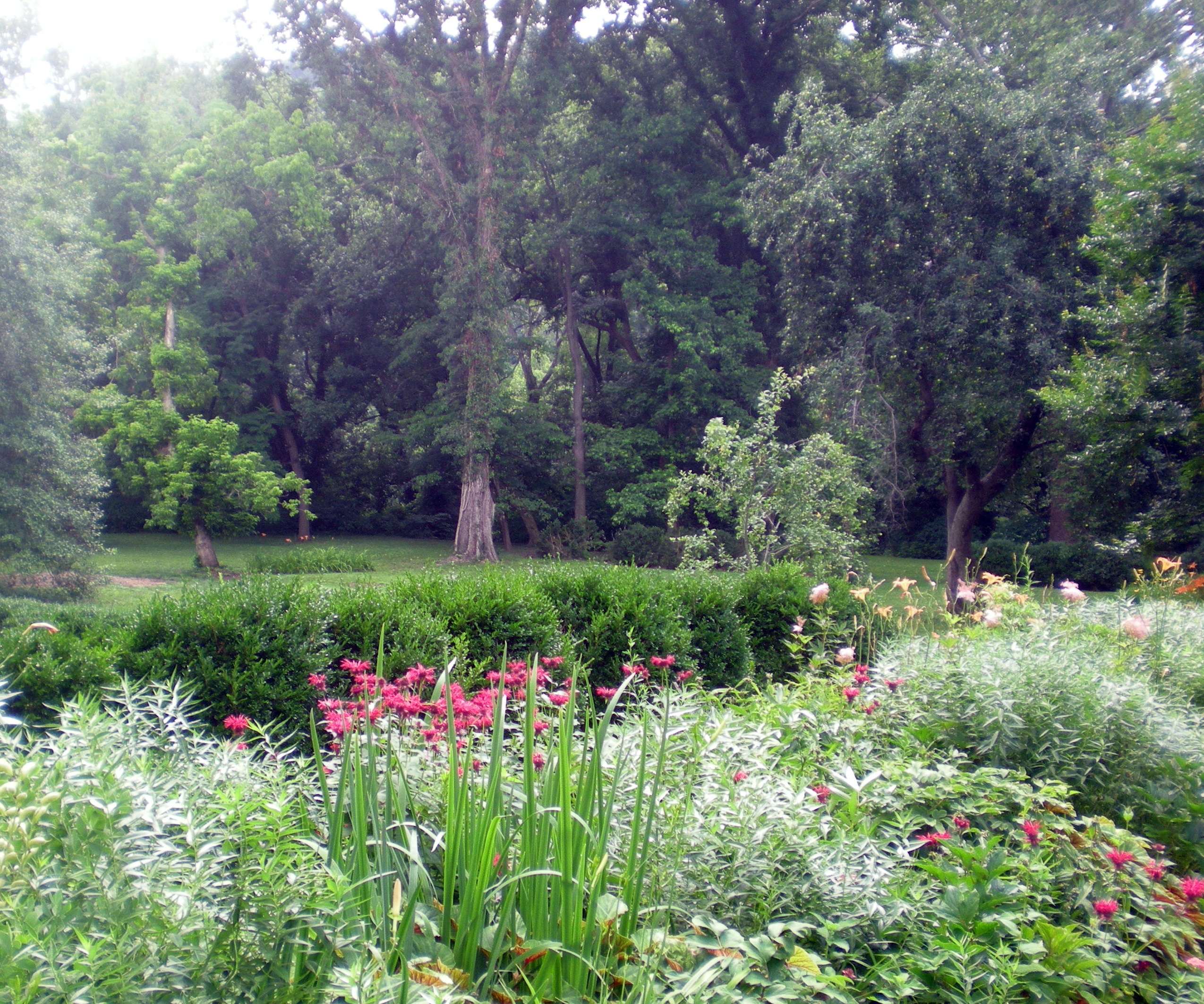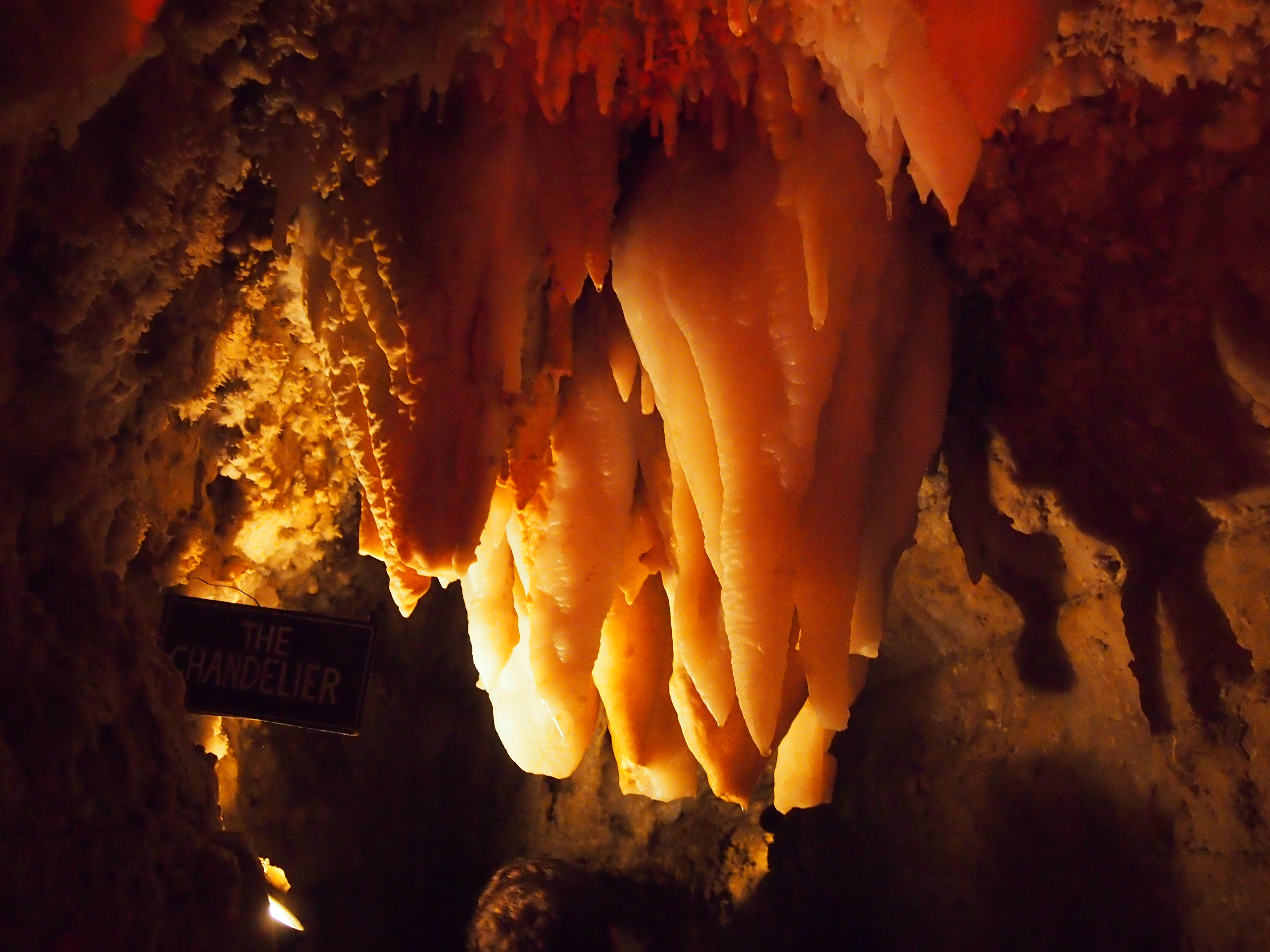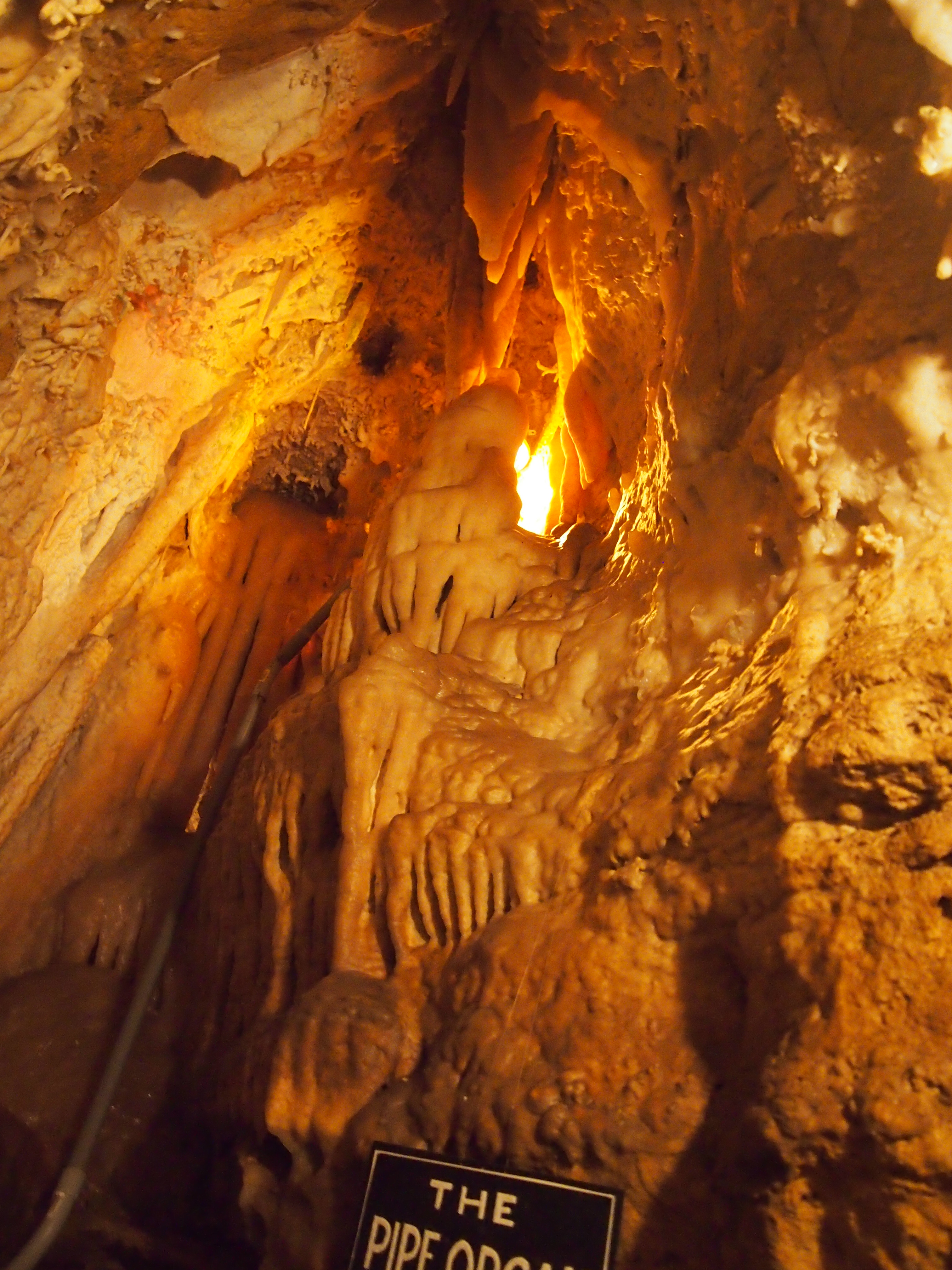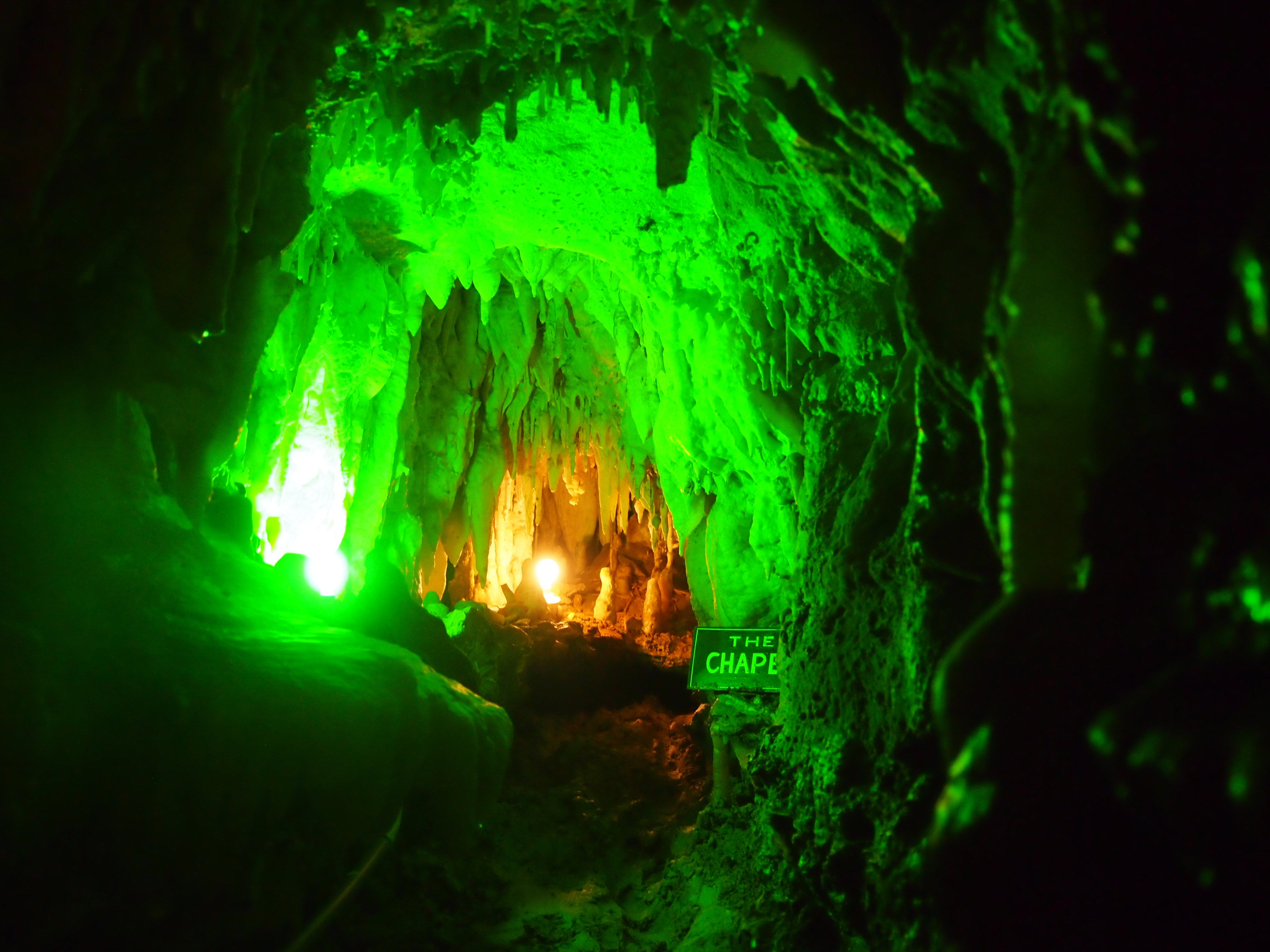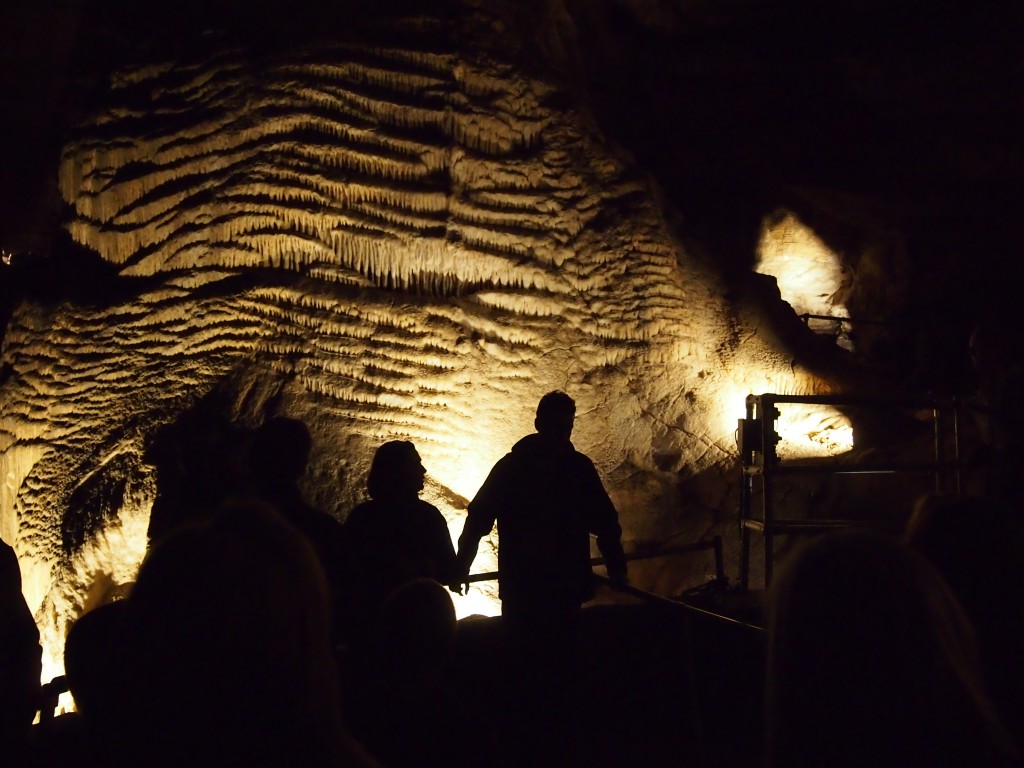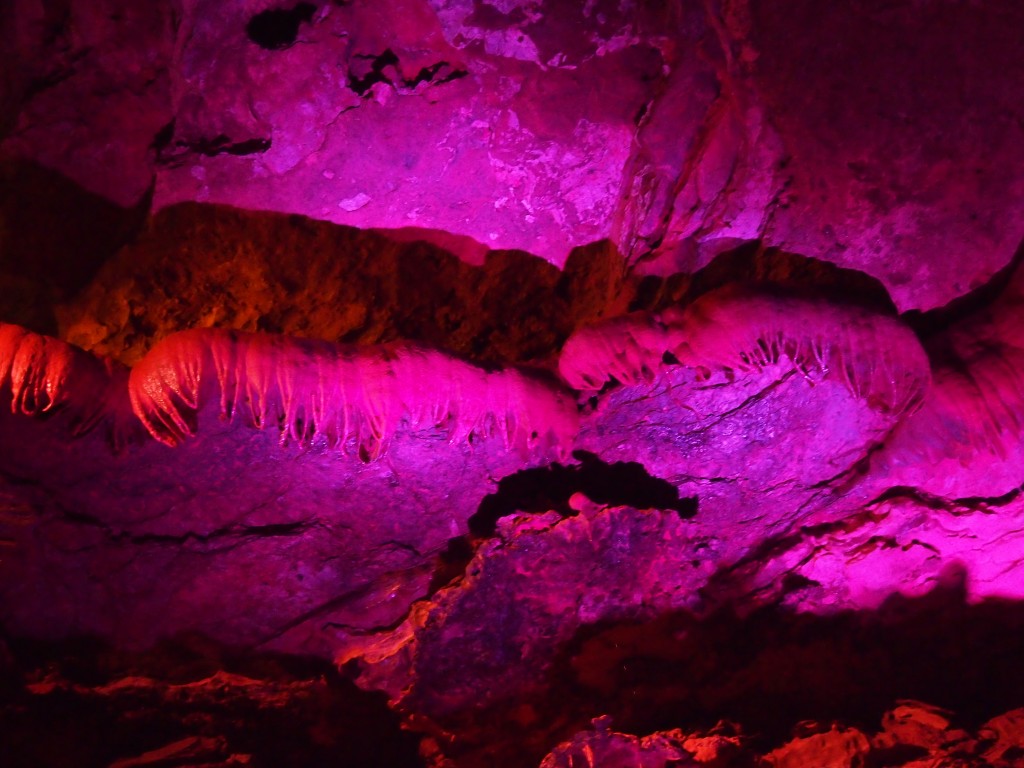Here’s something in the category of Things You Find Out Later: the Marengo Warehouse Distribution Center. It’s in Marengo, Indiana, and according to its web site, it’s “one of the largest underground storage facilities in the United States… The complex is located 160 feet (49 m) underground in a former limestone quarry and comprises nearly 4 million square feet of space.”
Elsewhere on the same page, its total storage capacity is said to be “more than 3 million square feet,” but never mind. Sounds like an impressive underground storage facility. About 20 years ago, I visited another such place, SubTropolis in Kansas City, Mo., which at 6.5 million square feet is king of the underground storage facilities, at least the ones we know about.
When we visited Marengo Cave on the afternoon of December 29, I had no idea about the nearby Marengo Warehouse Distribution Center, a complex of storage chambers and roadways carved out of the same Indiana limestone as the naturally forming cave. I found out about the warehouse later, when looking for further information about the cave. Reportedly the U.S. Defense Logistics Agency stores vast numbers of MREs (Meals Ready to Eat) there.
Marengo’s a small town in Crawford County, population somewhat over 800, and about 40 miles from Louisville. If that city someday becomes more robust in its growth, Marengo might be exurban or even an outer suburb, but for now it’s a small Indiana town with one main attraction: a show cave discovered in the late 19th century and measuring about five miles of known passages.
We took the mile-long Dripstone Trail walking tour, by spots with fanciful names, such as Sherwood Forest, Looking Glass Lake, Washington Avenue, The Masher, Music Hall and Penny Ceiling. That last one features a muddy roof to which pennies, or other objects, will stick if you throw them hard enough. The guide invited us to throw pennies up to the ceiling, noting that cave management would eventually remove them to donate to charity, something like pennies in a fountain, so many of us heaved our coins ceiling-ward. Me too. Mine stuck.
The place has some nice features.
Including historic graffiti. Unlawful to do now, but not for much of the cave’s history after its discovery.
According to our guide, the deepest point of the tour was 200-plus feet below the surface. But, she said, we might have noticed that we hadn’t descended very far on our walk. Indeed we hadn’t — after the initial climb down some stairs, and a few other drops, most of the trail was level. At the same time, she said, the ground above was rising. It’s hilly terrain, after all.

